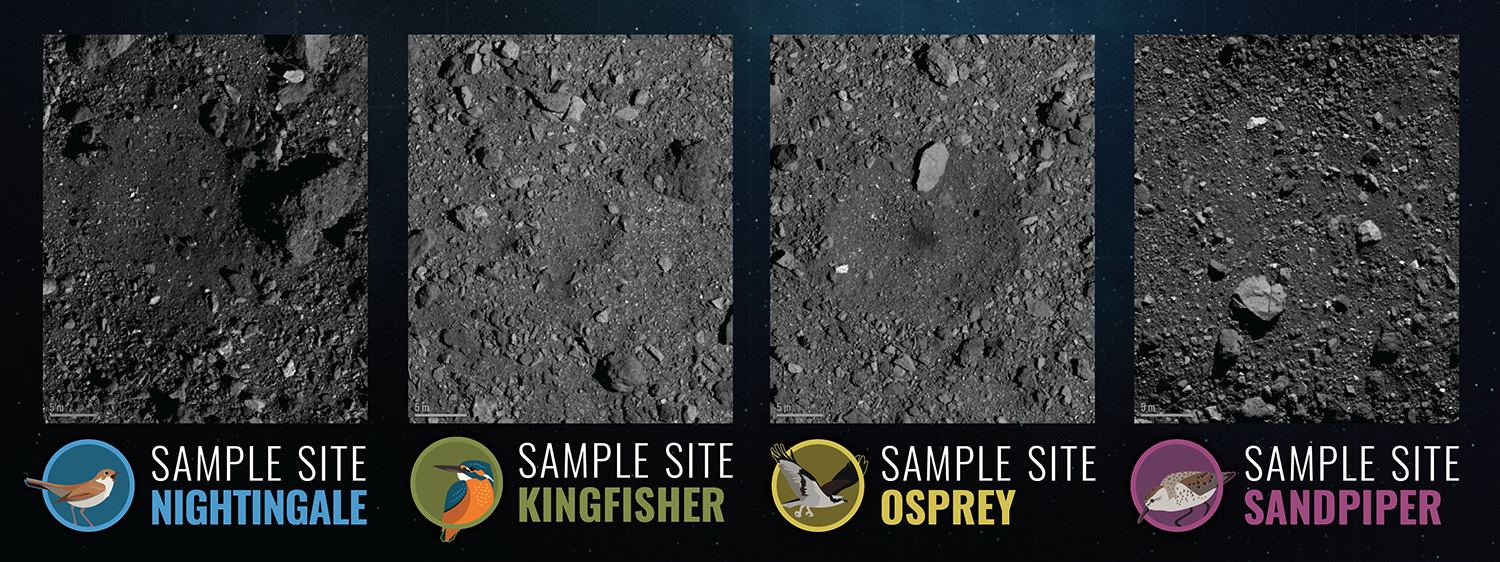NASA’s OSIRIS-REx arrived at asteroid Bennu in December 2018. During the past year, it’s been imaging the surface of the asteroid extensively, looking for a spot to take a sample from. Though the spacecraft has multiple science objectives, and a suite of instruments to meet them, the sample return is the key objective.
Now, NASA has narrowed the choice down to four potential sampling locations on the surface of the asteroid.
The spacecraft performed a month long flyover of each of the four sites. That phase was called Recon A, and it was completed in July. Now mission operators have high-resolution images of each of the sites, detailing their topography, albedo, color, and the sampling suitability.
Now it’s time to narrow the four sites down to two: a primary site and a back-up site. But unfortunately, Recon A showed that each of the four sites is tricky, and sampling might not go as smoothly as hoped. Though each of the four sites has suitable fine-grained material, smaller than 2.5 cm (1 inch), they’re also hazardous.
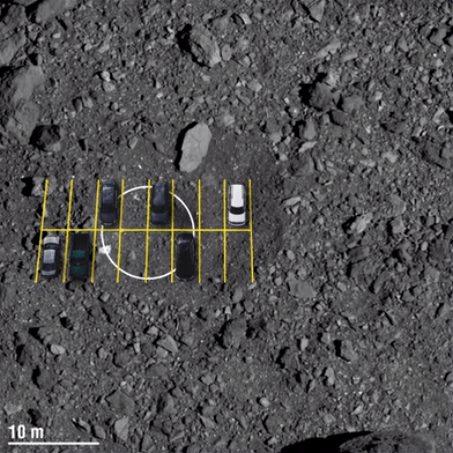
“Sample site selection really is a comprehensive activity. It requires that we look at many different types of data in many different ways to ensure the selected site is the best choice in terms of spacecraft safety, presence of sampleable material, and science value,” said Heather Enos, OSIRIS-REx deputy principal investigator at the University of Arizona, Tucson, and chair of the sample site selection board. “Our team is incredibly innovative and integrated, which is what makes the selection process work,” she said in a press release.
Bennu is rougher than anticipated, and that’s adding some complication to the sampling site selection. OSIRIS-REx was designed to land on a beach-like surface, where there are pond-like deposits of fine-grained material suitable for sampling. But Bennu is rocky. There are no large beach-like areas, there are only small open areas surrounded by boulders.

When OSIRIS-REx does eventually take a sample, it will do so autonomously. The spacecraft has a Natural Feature Tracking (NFT) system that uses images of the asteroid to guide itself to the surface. By comparing its onboard images of Bennu with what its cameras are seeing in real time, it can avoid collisions.
But Bennus’s unexpected inhospitability means that system will face some challenges. It has an automatic fail-safe that will abort the sampling if an obstacle is too close. To prevent that from happening, mission operators will be working overtime. In fact, the team almost expects the spacecraft to waive its first attempt when it approaches the building-sized boulders that litter the surface of the asteroid.
“If the spacecraft executes a wave-off while attempting to collect a sample, that simply means that both the team and the spacecraft have done their jobs…”
Mike Moreau, OSIRIS-REx Deputy Project Manager.
“Bennu’s challenges are an inherent part of this mission, and the OSIRIS-REx team has responded by developing robust measures to overcome them,” said Mike Moreau, OSIRIS-REx deputy project manager at Goddard. “If the spacecraft executes a wave-off while attempting to collect a sample, that simply means that both the team and the spacecraft have done their jobs to ensure the spacecraft can fly another day. The success of the mission is our first priority.”
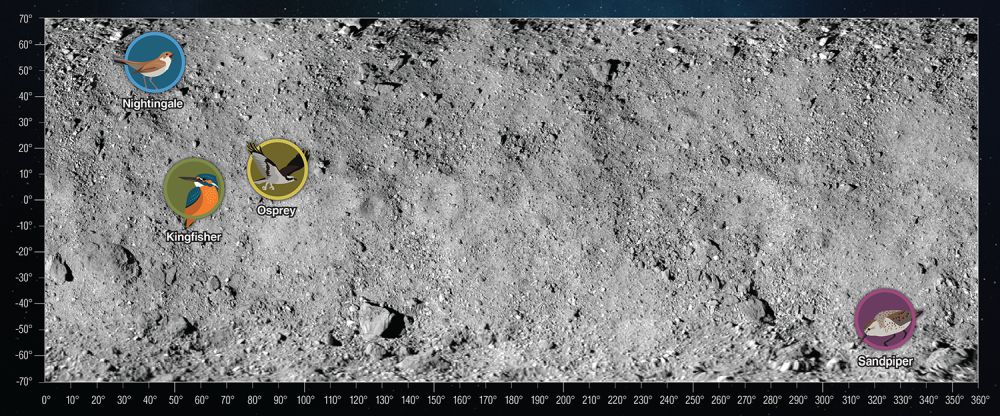
Credits: NASA/Goddard/University of Arizona
But NASA still has to settle on one of the four potential avian-themed sites: Sandpiper, Osprey, Kingfisher, and Nightingale.
Sandpiper
Sandpiper has the right type of fine-grained material for a good sample, but the material is trapped between larger rocks, making it problematic. Overall, the Sandpiper location is relatively flat.
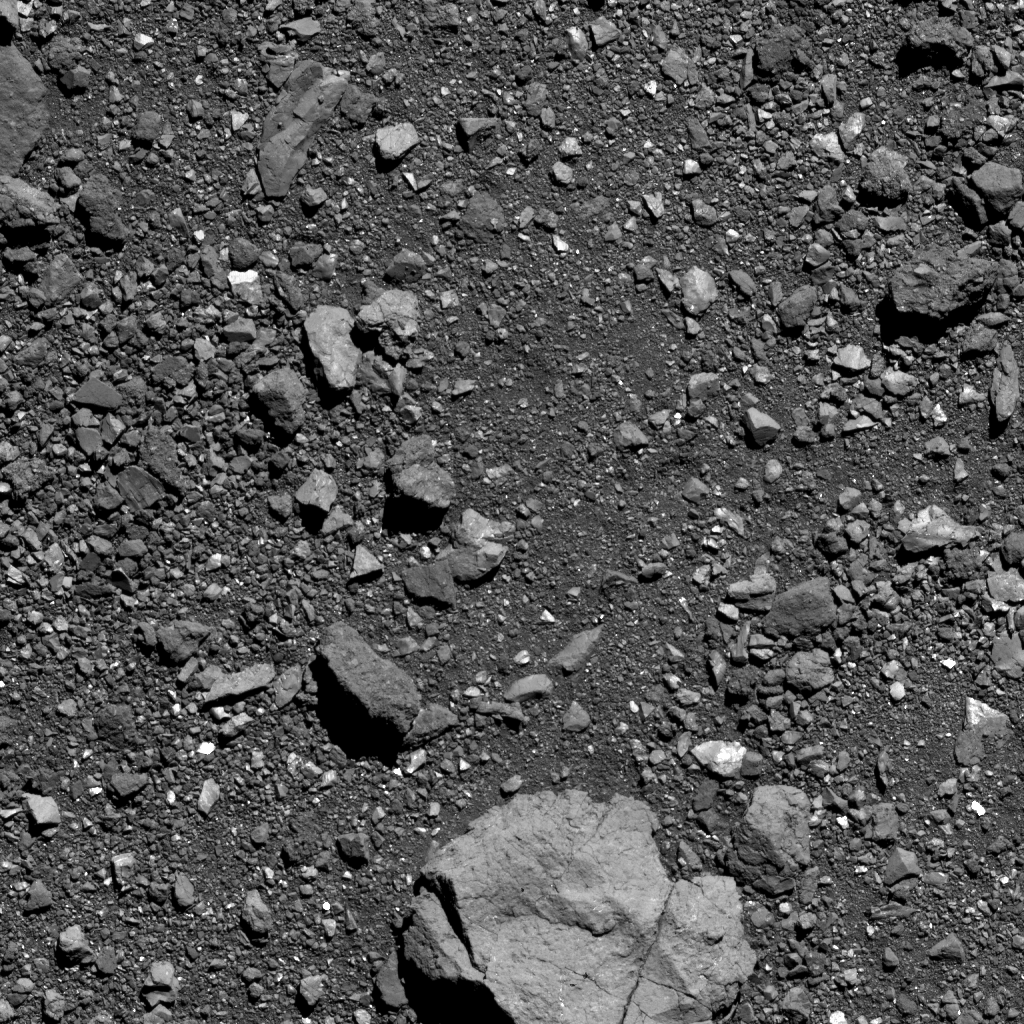
Osprey
Initially, Osprey looked promising. Spectrometry revealed that it has dark carbon-rich material that’s desirable scientifically. Images also showed fine-grained material, but high-resolution images show that it’s scattered with larger material that’ll make sampling difficult.

Kingfisher
The Kingfisher site is inside a small crater, meaning it’s a younger feature than other parts of Bennu’s surface, including the large crater that holds Sandpiper. Younger craters hold fresher material, which hasn’t been subjected to as much space-weathering as older features. Kingfisher may be too rocky, but another nearby crater may be more suitable.
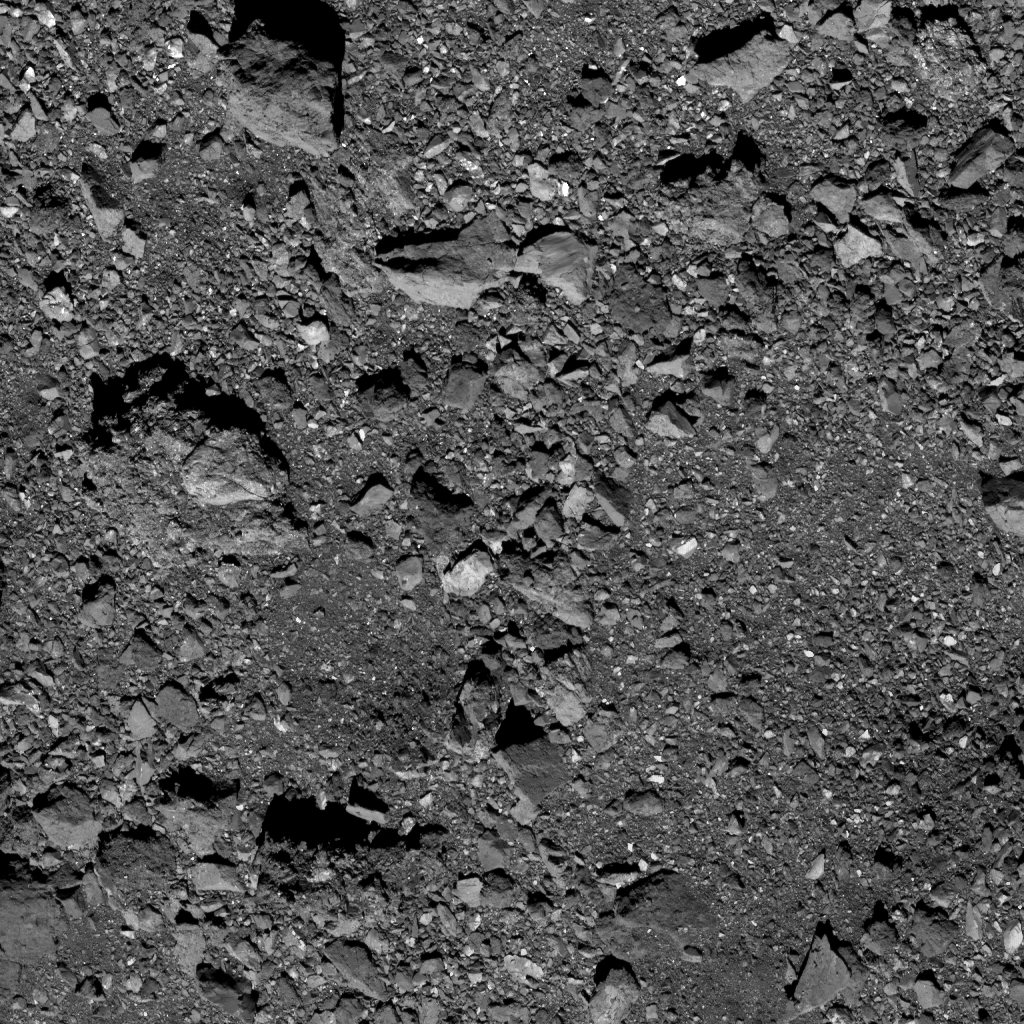
Nightingale
This crater site has accessible fine-grained material, although a single nearby boulder could be hazardous. Also, it’s further north, meaning the lighting could make it difficult for the autonomous NFT to recognize hazards.
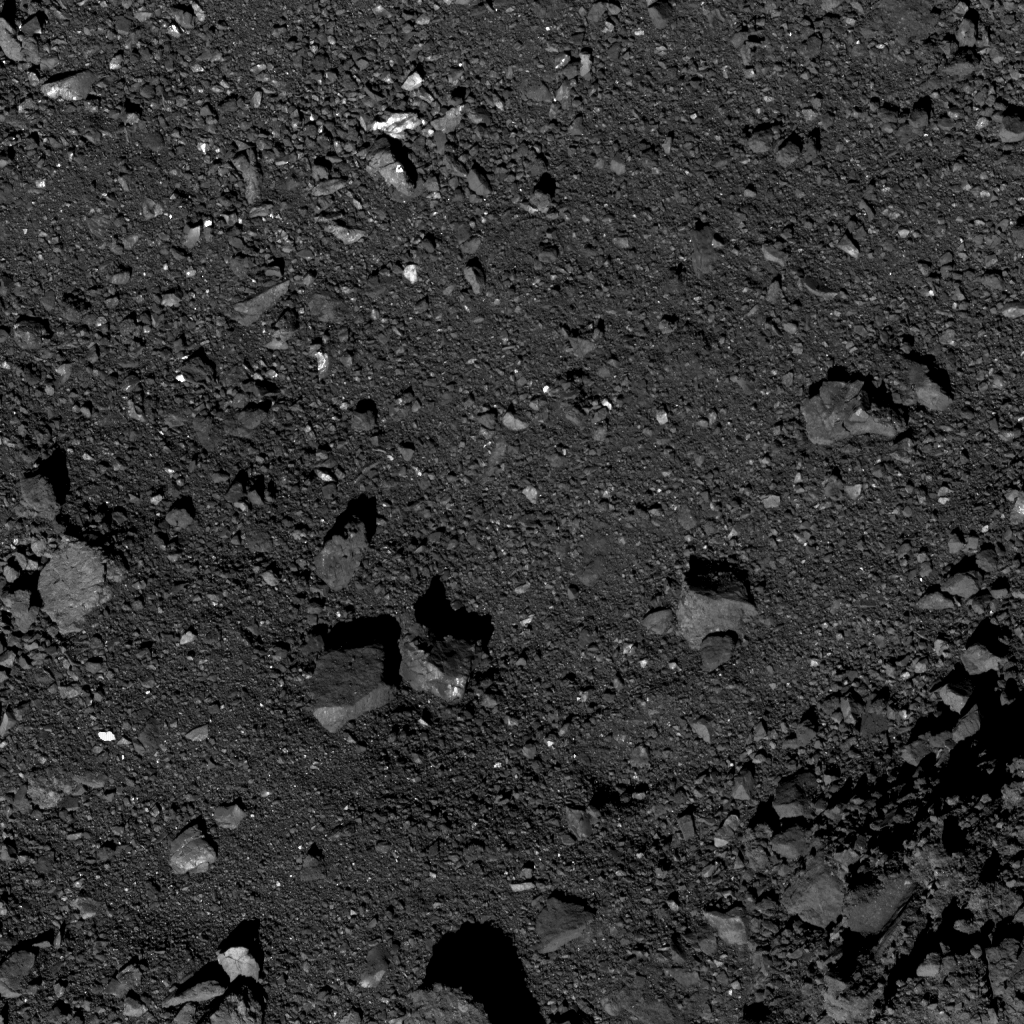
NASA is just days away from narrowing the four sites down to two. Once the primary and backup sites are known, further recon flights next Spring will prepare the team for the eventual sample-taking maneuver. That maneuver is scheduled for next Summer, with the sample arriving back here at Earth in September 2023.
More:
- Press Release: NASA’s OSIRIS-REx in the Midst of Site Selection
- OSIRIS-REx Asteroid Sample Return Mission
- Universe Today: This is the Closest OSIRIS-REx has Gotten to Bennu. Just 680 Meters Above the Asteroid

